Uncategorised
How to make bread at home – 8 awesome tips for the perfect loaf
19 Apr 2021
4m
Learning how to make bread at home is one of the most joyful things you can do in a kitchen. Not only is it incredibly useful for when we inevitably run out of flour again, but there’s nothing so satisfying as knowing that you can never run out of toast.
However, for amateurs at the start of their baking journey, bread can be intimidating. This is where we come in.
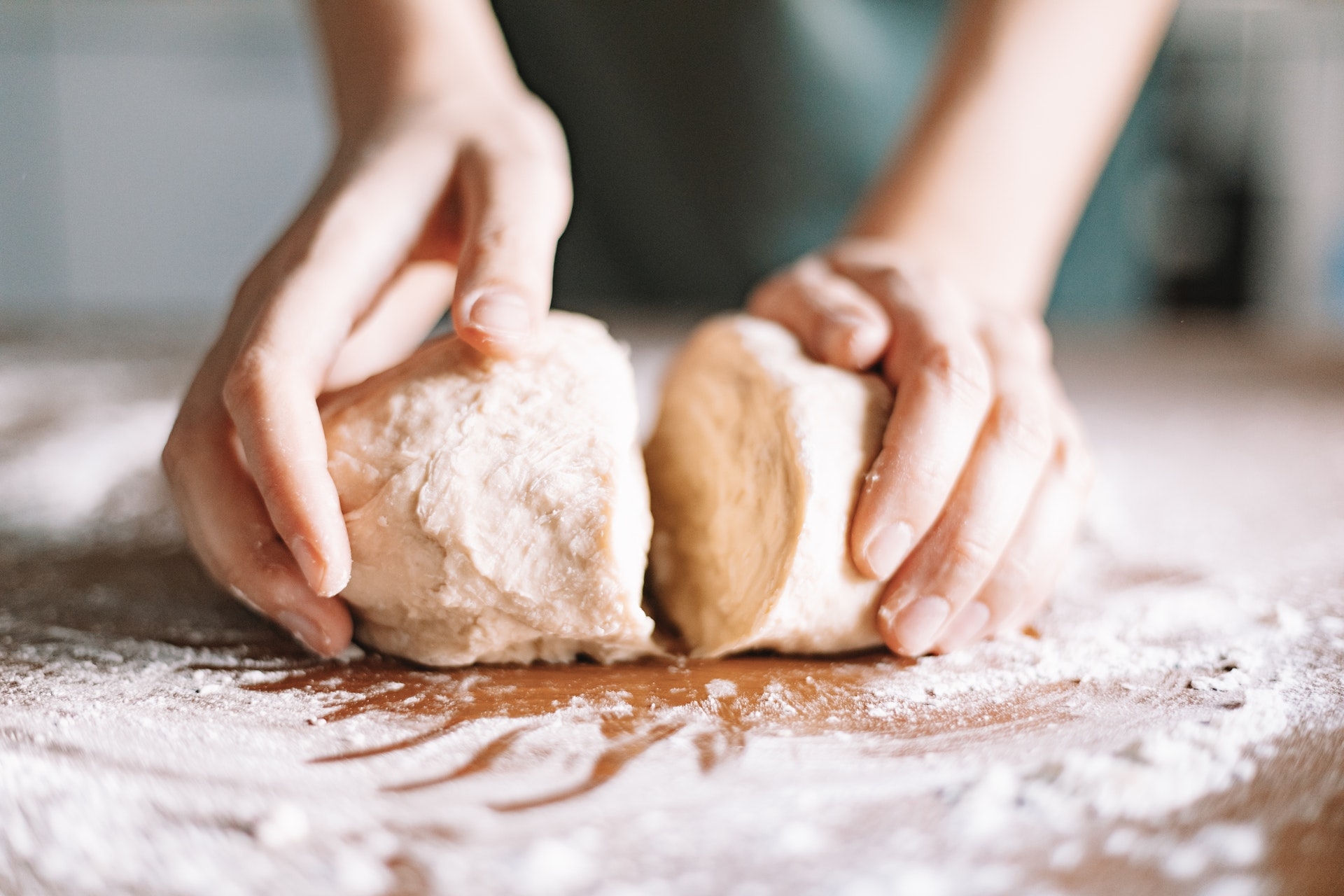 Making bread at home is becoming increasingly popular (Credit: Pexels)
Making bread at home is becoming increasingly popular (Credit: Pexels)
How to make bread at home
To help you get started on the path to star baker, we’ve asked the experts. Together with the Twisted chefs, we’ve come up with a handy list of hints and tips for how to make bread at home.
READ MORE: We tried the viral microwave bread recipe and the results were pretty surprising
Whether you crave crunchy crusts or springy centres, we’ve got you covered. Here’s our guide for how to make bread at home.
Ready, set, bake!
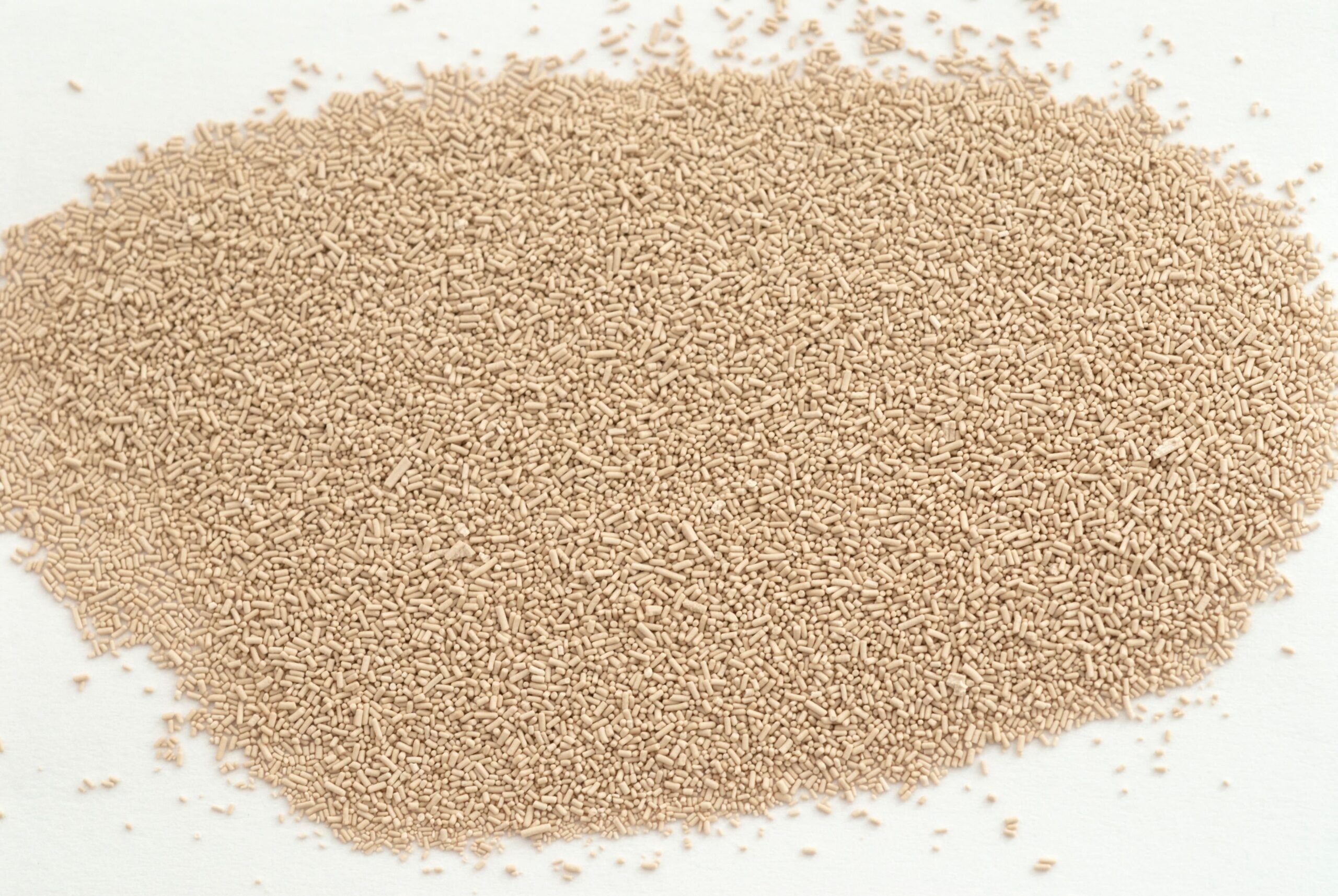 Yeast is actually a living thing (Credit: Alamy/macana)
Yeast is actually a living thing (Credit: Alamy/macana)
1. Test your yeast
Yeast has been the building block of bread for as long as we’ve been baking, so it pays to make sure it’s working properly.
Before you get started, check your yeast is still alive and kicking by adding warm water and waiting for five minutes. If it starts to froth and foam, you’re good to go.
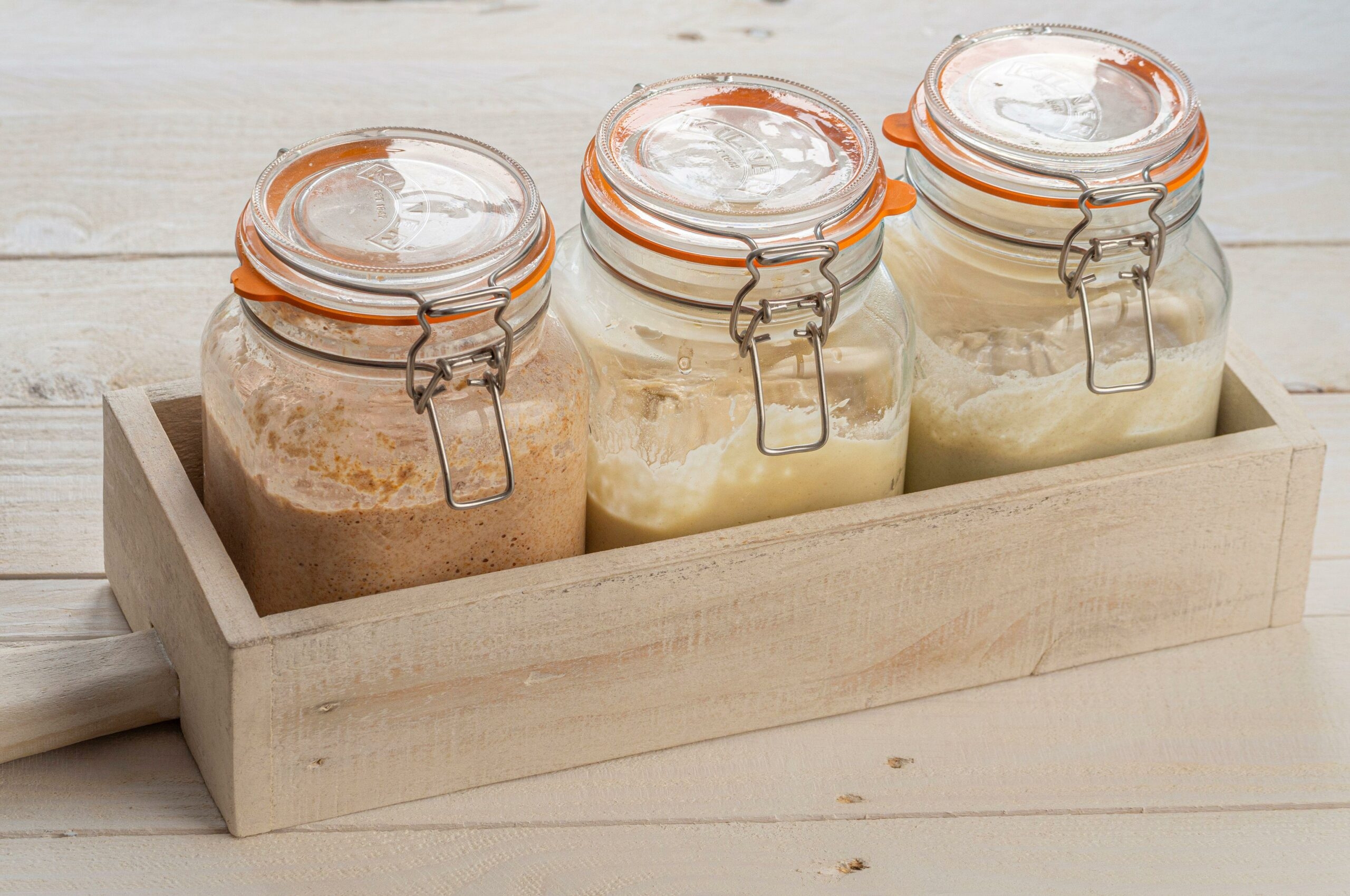 Adding fruit can help keep sourdough starters alive (Credit: Alamy/Bailey-Cooper Photography)
Adding fruit can help keep sourdough starters alive (Credit: Alamy/Bailey-Cooper Photography)
2. Add some fruit
Sourdough starters can be tricky business. A handy hack for keeping your new pet alive is to add thinly sliced slivers of fresh fruits like rhubarb, tomato and apple at the beginning of the process.
All three have naturally occurring yeast to help get things going, and each can help impart a unique flavour to the end result.
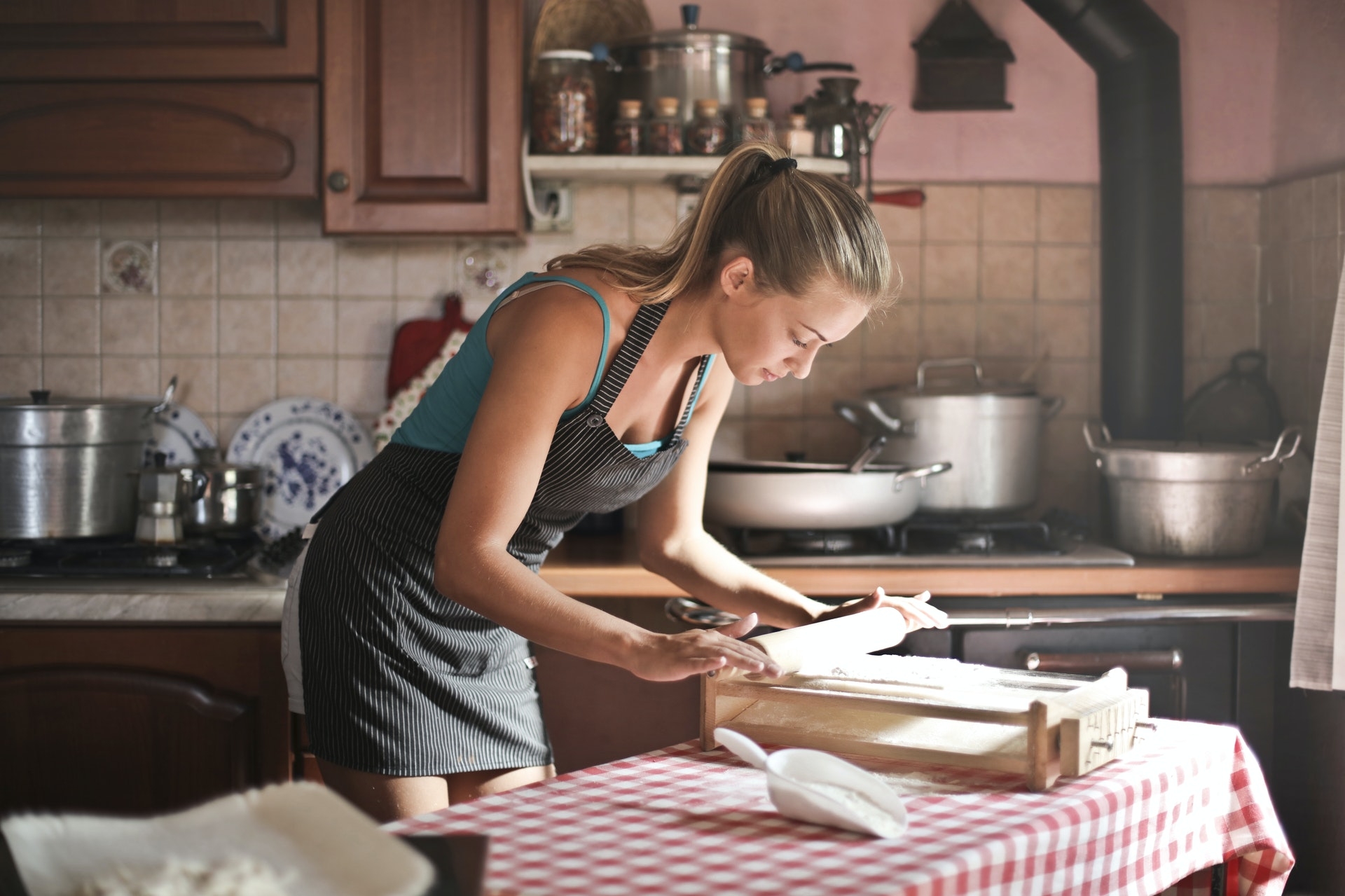 It’s important to be precise when you’re baking (Credit: Pexels)
It’s important to be precise when you’re baking (Credit: Pexels)
3. Be precise
Unlike many stovetop recipes, adding a little of this and that rarely bodes well in baking.
If you want to achieve the best possible results, it pays to follow instructions as closely as you can – whether that’s with quantities of ingredients or type of flour.
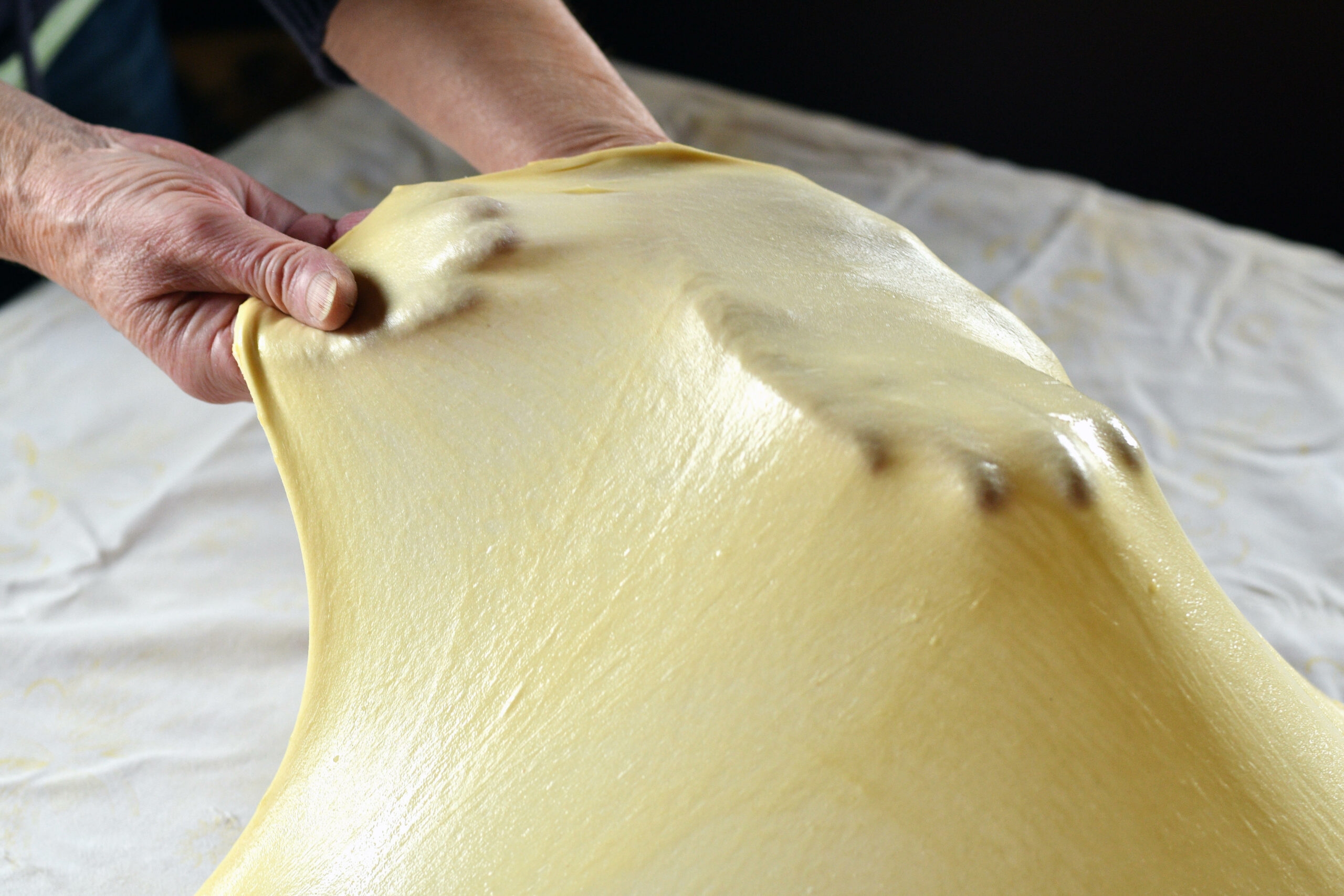 Stretching your dough is a good way to tell if it’s ready (Credit: Alamy)
Stretching your dough is a good way to tell if it’s ready (Credit: Alamy)
4. The “windowpane” test
Kneading is one of the hardest things for any new baker to get to grips with. Though the balance between over and underworked is difficult to get right without experience, there is a way to make things easier for yourself.
READ MORE: Here’s what happened when we tried to make bread in a slow cooker
To check whether your dough is ready, simply stretch a section out between your hands into a thin square. If it breaks, the gluten has not yet formed and you need to keep working. If it doesn’t, you’re all set!
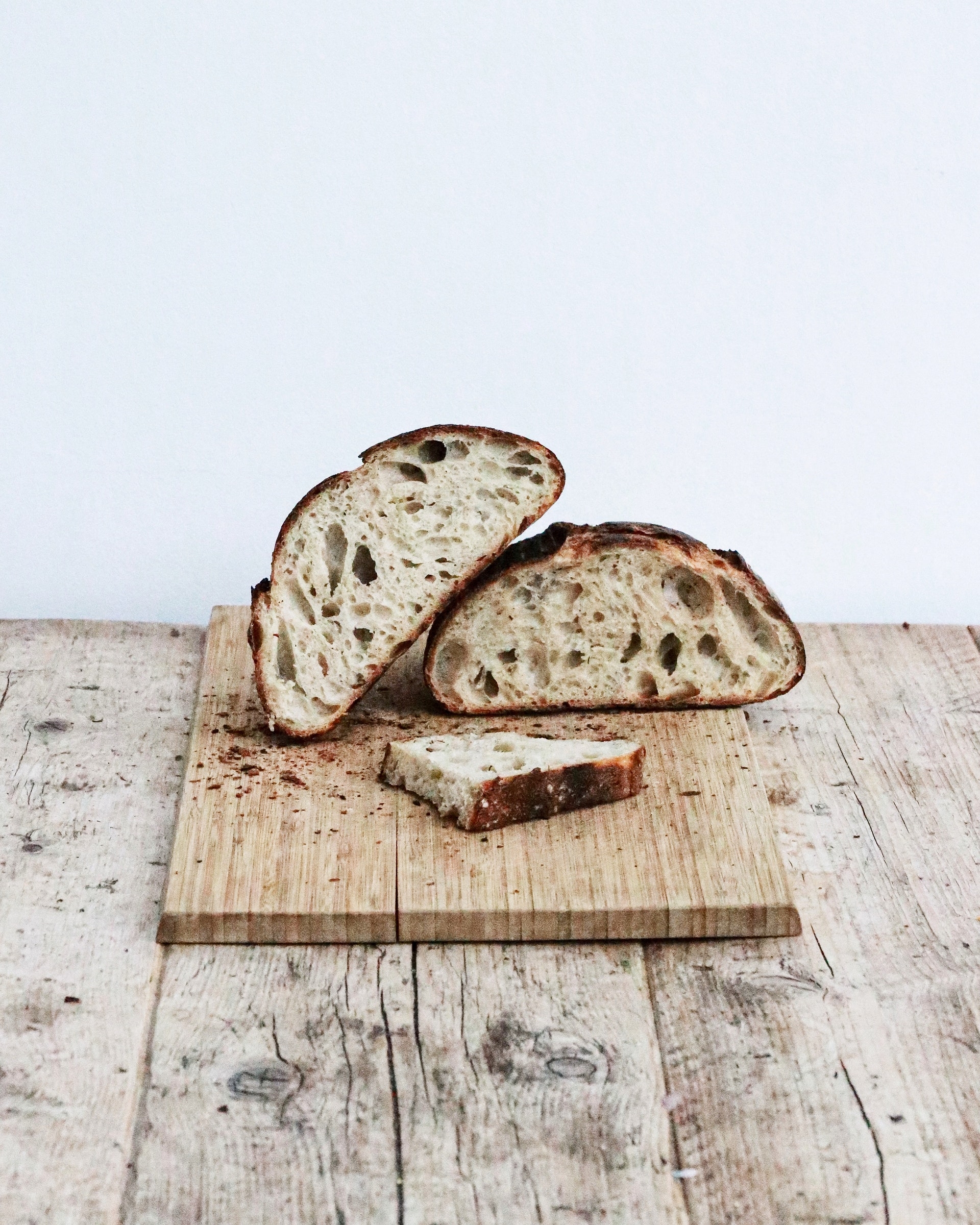 Adding water to the oven can help you create a perfect crust (Credit: Pexels)
Adding water to the oven can help you create a perfect crust (Credit: Pexels)
5. The key to a crust
While it’s easy to delight in a butter-covered spongey centre, most of the flavour of your bread will actually come from the crust.
A great way to get this component right is to add water or an ice cube to the bottom of your oven. The resulting steam will help a crunchy crust to form.
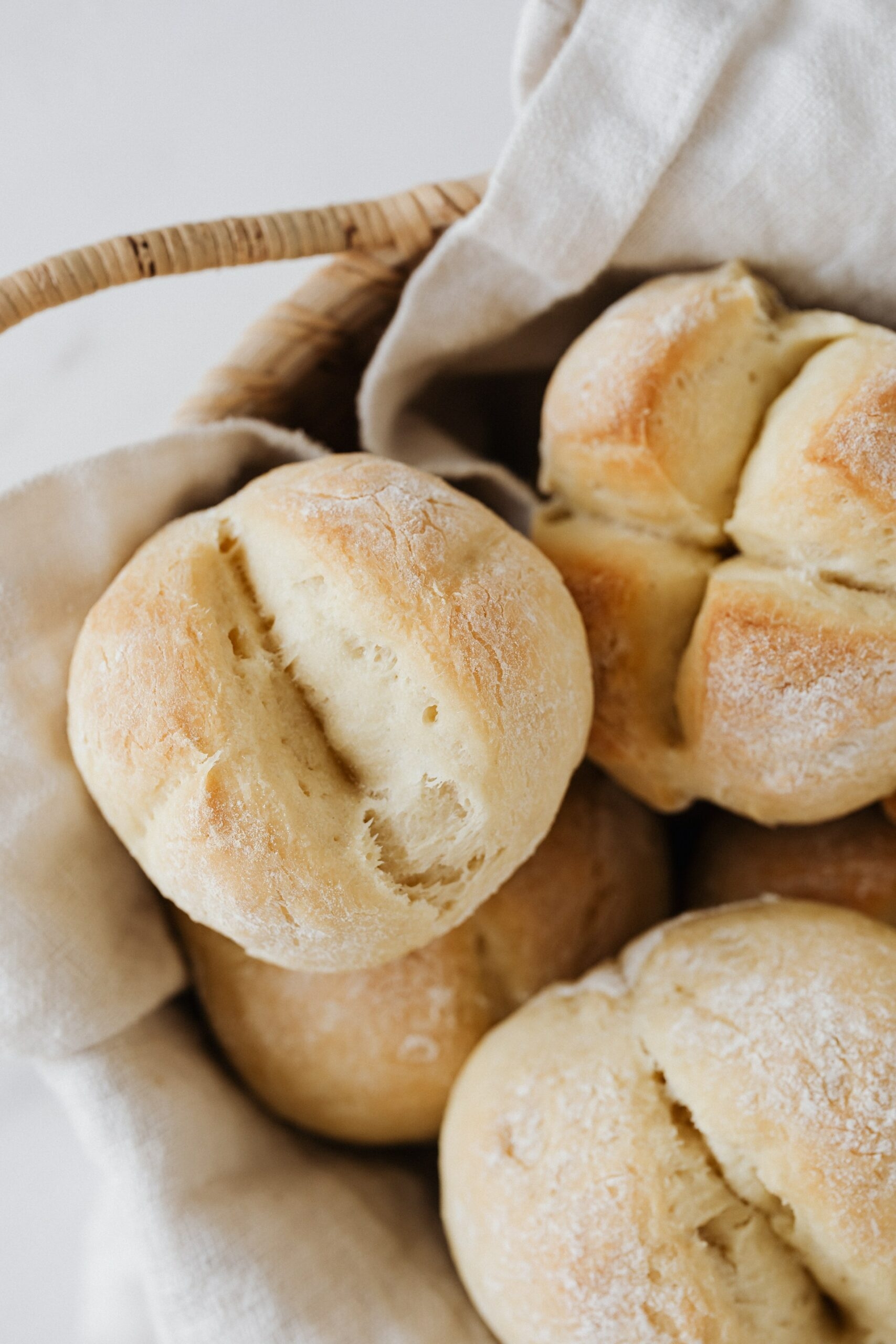 Cover your buns with a tea towel to prevent the crusts from becoming hard (Credit: Pexels)
Cover your buns with a tea towel to prevent the crusts from becoming hard (Credit: Pexels)
6. Soft edges
If you would prefer your bread to have slightly chewier, more yielding crusts, we recommend covering them with a tea towel as soon as they have come out of the oven. This will help to trap the steam, preventing the edges from becoming too hard.
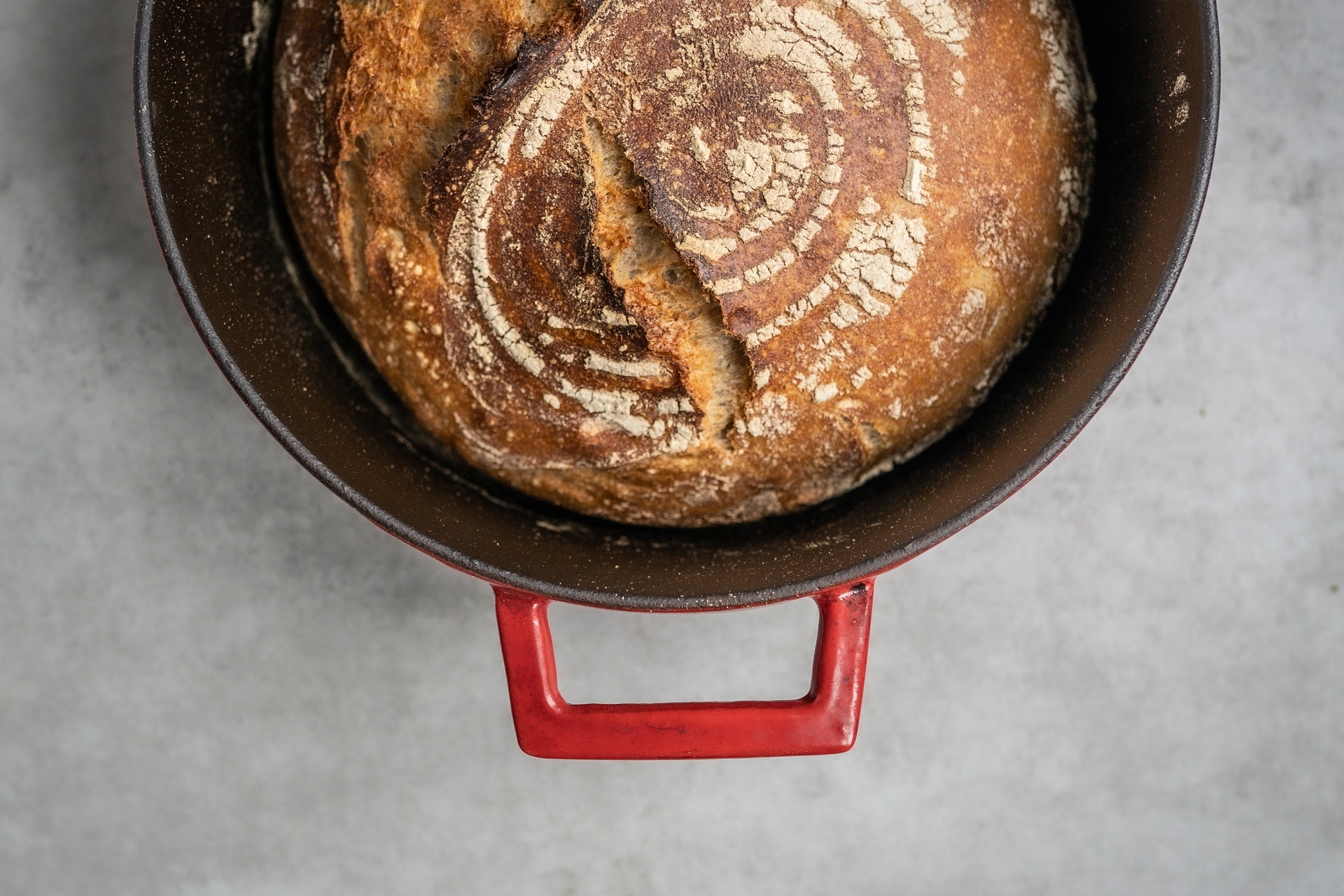 Making bread in a Dutch oven is a great way to get a delicious loaf (Credit: Pexels)
Making bread in a Dutch oven is a great way to get a delicious loaf (Credit: Pexels)
7. Useful tools
Breadmaking might be a rudimentary skill, but that doesn’t mean you can’t accessorise. Many homemade recipes call for useful gadgets such as stand mixers, but we also swear by pots like Dutch ovens and cast iron casserole dishes.
Cooking your bread this way will allow it to steam as it would in an actual bread oven, and allow the crust to get really dark, gnarly and delicious.
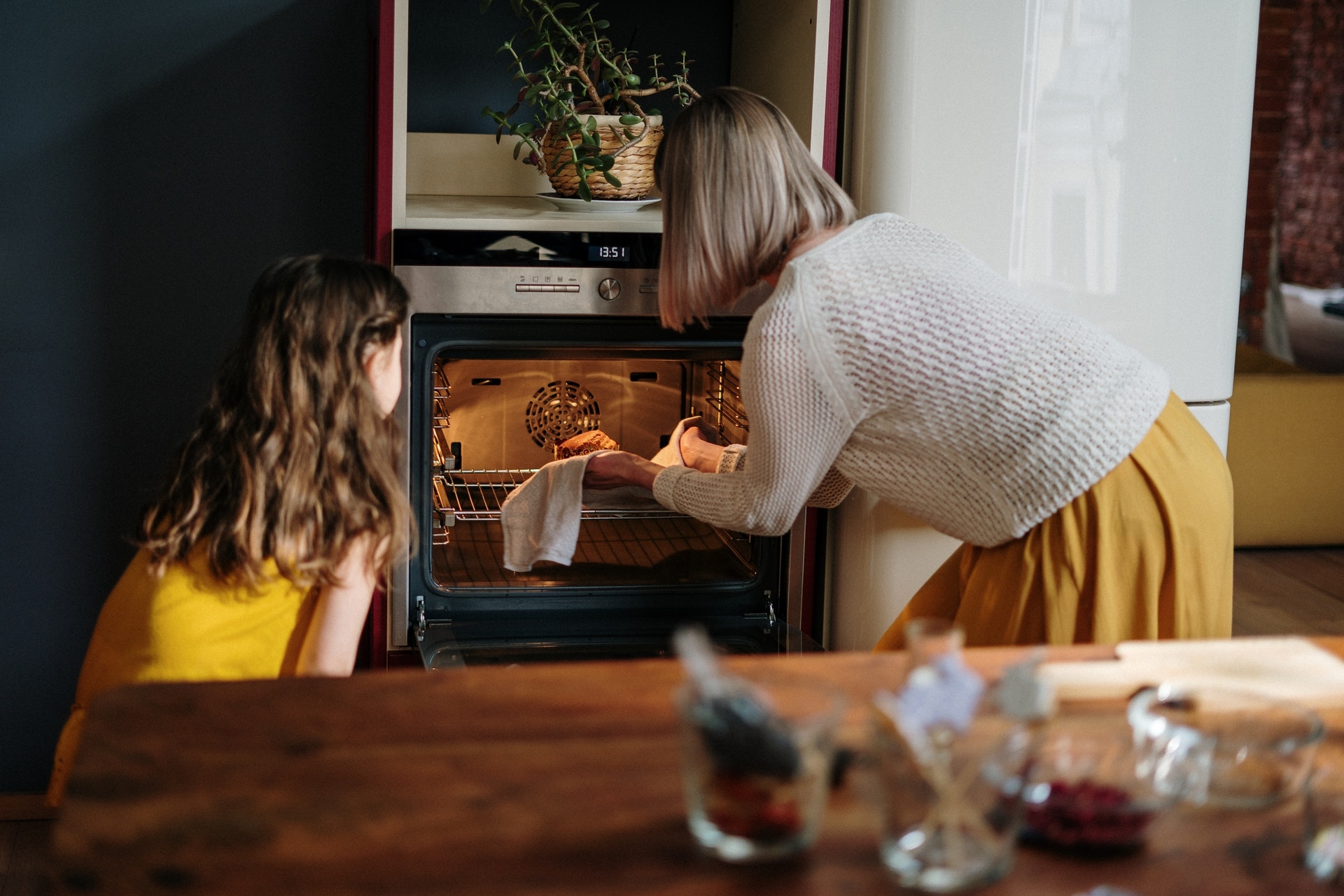 Preheating your oven is a crucial baking step (Credit: Pexels)
Preheating your oven is a crucial baking step (Credit: Pexels)
8. Preheat
Anyone who has watched Mary Berry on “The Great British Bake Off” will know that soggy bottoms are the worst fate that can befall any baker.
Protect yours by preheating your oven/any surface you intend to be baking on, as this will help a proper crust form on the bottom of your loaf.
Just as with any new skill, it’s almost inevitable that mistakes will be made. Even if you create a few monstrosities, following these tips will help you get it right more often than not.



